Description
Die Porcelain factory Arzberg could win Heinrich Löffelhardt as their art director 1952. Thus he entered the succession of the unexpectedly deceased Dr. Hermann Gretsch, who created there the first timeless, modern designs (for ex. form “1382”) in the meaning of the German Werkbund.
In the era Löffelhardt the factory was very successful and his design became characteristic and influential to other designs in the time of the economic miracle in Germany. In particular Löffelhardts Form 2000 is known. It came to the market in 1954, and immediately ran very successfully – even the Federal Chancellery appointed it.
The here offered set of pates “Arzberg 1100” is one of his most important designs. As a member of the German Werkbund Löffelhardt was interested in functional, clear, rigid and timeless design which today would come up with “Social Design”.
It illustrates the industrial design standards, represented by the Deutscher Werkbund (found a 2nd time 1947) and the „Rat für Formgebung“ (1953). It became an eloquent example of the “Good Form”, which should characterize the young German democracy abroad.
1960 Löffelhardt got for this design the Grand Prix of XII. Triennale in Milan and the honorary certificate of the German commissar of the World fair in Montreal 1967.
This draft has enabled with a minimum of parts, a maximum possibilities to make use of it. It consisted of only 6 different pieces. A further small set enable a seating for two persons and all 8 pieces come together to a cube, like it is shown here
An advertising brochure from the 1960s said: „Three sizes flat, three sizes deep offer the possibility of twenty combinations for various household purposes. […]. Stuffed bowls and dishes can be good covered and stacked space saving.” The rectangular and square bowls have a matching lid, which also can be used as a saucer or dish. You could also combine several lids as dish or saucer.
The smaller the square bowls was exactly half as big as the rectangular dish, and this in turn was exactly half as big as the large, square bowl.
At that time Löffelhardts design required a high degree of customized production and thus cumbersome measures. The principle of Löffelhardts simple and versatile design is indispensably nowadays.
In: Deutsche Warenkunde: Eine Bildkartei des Deutschen Werkbunds, Darmstadt 1955-1961, here ed. 1955 A, f.96.
In: Carlo Burschel (Hg.): Heinrich Löffelhardt. Industrieformen der 1950er bis 1960er Jahre aus Porzellan und Glas, Bremen 2004, im. p.157.
In: H. Rezepa-Zabel: Schönwald Porzellan, in: Sammler Journal, August 2012, p.44-51.

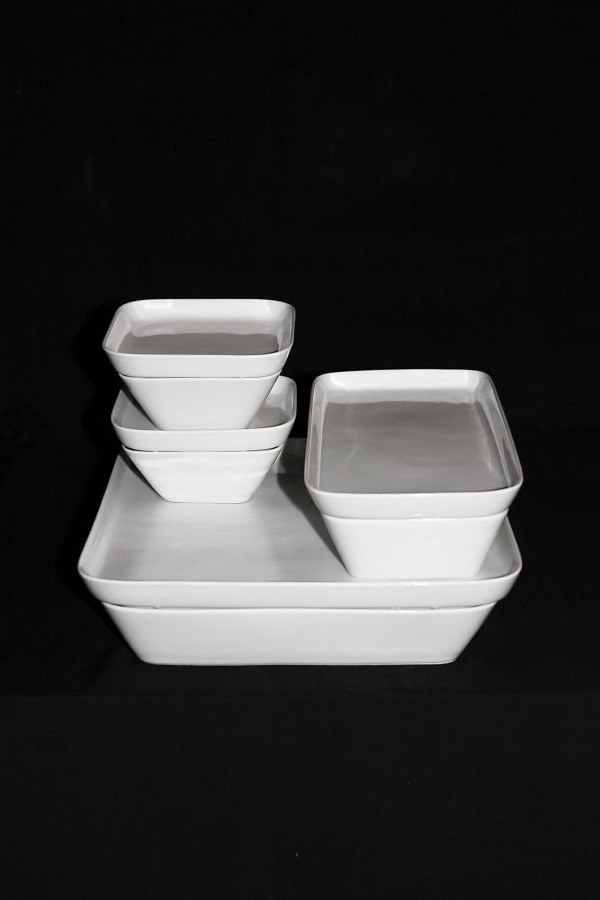



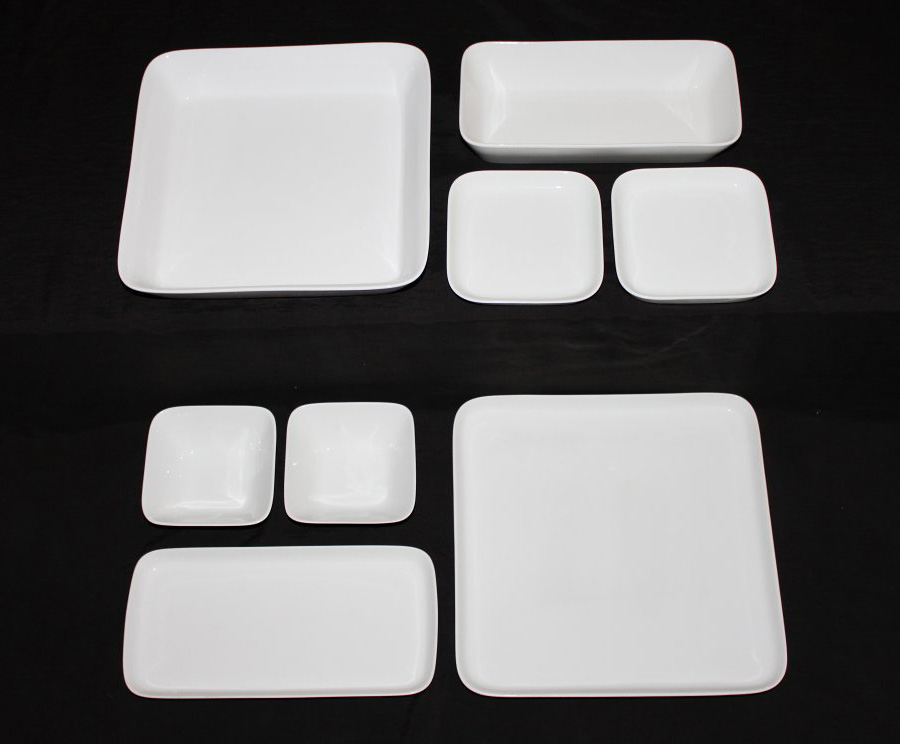

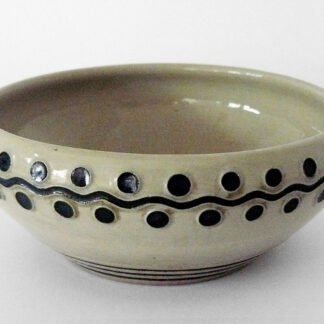
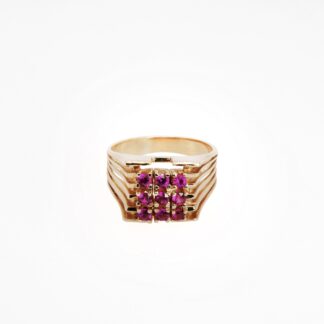
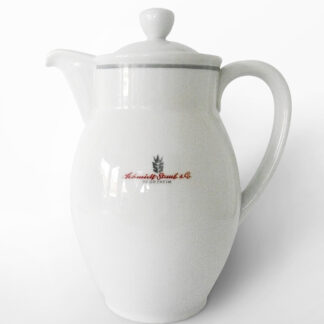

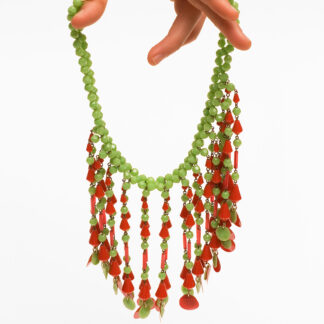
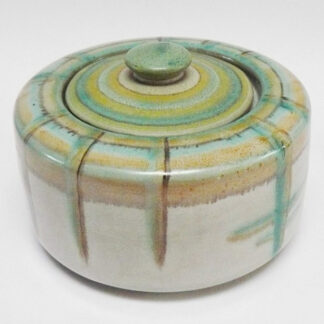
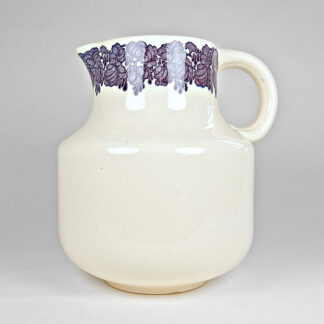

Reviews
There are no reviews yet.